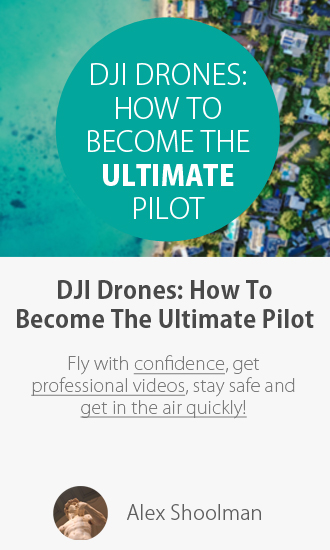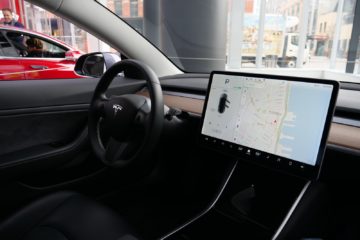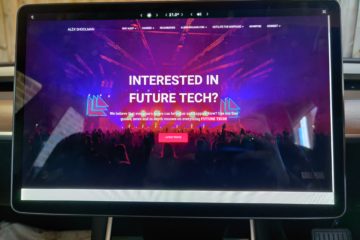Fully Self Driving (FSD) cars are coming, there’s no question about that. Whether it’s 2022, 2023 or even 2025 they’ll be here very soon. The thing is, virtually no one seems to grasp just how much of an absolute shitstorm it’s going cause when it all drops. As such today we’re going to explore what it will mean for you and I, the average Joe person just going about their lives.
A Wave Of The Hand
The actual roll out of FSD cars is going to be extremely complicated and strung out over many years. Different cars will drive with different levels of intelligence, different states will allow or ban them and all of it will evolve slowly as the public comes to accept and embrace it.
People often like to scoff that “it’ll never happen” or that “they’d never use a FSD car”… but they will. They will sit in a FSD car once, get freaked the hell out and then be fairly OK with it. Another 10 rides later and it’ll just be “normal”. It will be yet another miracle we now routinely take for granted. Just like how it’s now normal to download literally billions of bits of data to a slab of magic glass and silicon in our pocket while driving at 100 km/h.
Thus with but the passing of time and a wave of the hand the astonishing will once again become “meh”. Adults, the elderly, children going to soccer practice and even the family dog or cat will all get shuttled around like high level executives for a fraction of the cost of what transportation used to cost.
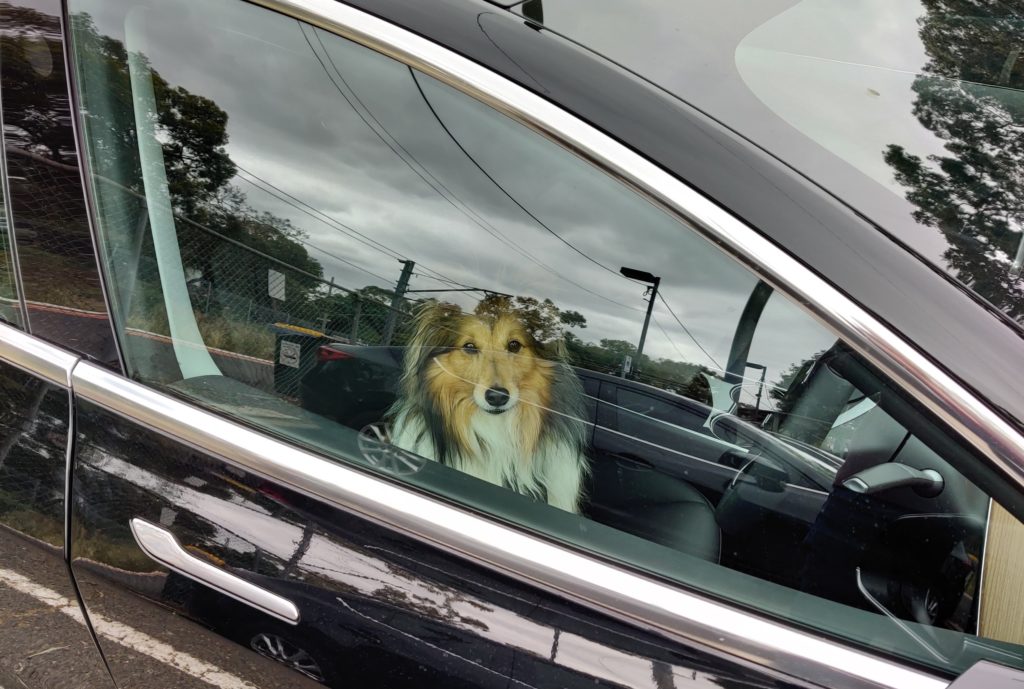
Whether it’s in 2022 or 2025, robotaxis will be real, driving around your neighbourhood and dirt cheap too. Most estimates have it costing a mere 1/10th the cost of a current Uber trip. As a rough guide for us Aussies, that should be around $0.16-$0.25 per kilometre.
While that number probably doesn’t mean much to you, the most import thing is to understand just how cheap this is compared to currently owning a car. Assuming you drive around 12,000 km’s a year, that’s a cost of $1,920-$3,000 per year.
That’s for everything though: no more up front costs to buy the car, no more services / tires / petrol / oil changes, no more paying $20/day for parking in the city, no more dealing with car accidents or people backing into you at the shops. No more taking taxi’s when you’re drunk or having to drive the kids around on your day off. You don’t have to clean the car or have a parking spot for it. Beyond that you can even rent different types of cars for different jobs. SUV, sports car, van you name it! All included in that $2-3,000 yearly subscription.
Comparing it to owning your own car here in Australia you’d likely be paying ~$800 for rego, $1,000 for insurance, ~$1,200 for petrol, ~$500 for services which is $3,500 already and we haven’t even gotten to the actual buying of the car itself which is tens of thousands of dollars as well! Clearly robotaxis are just far cheaper financially speaking and far easier too.
It’s because of this that everyone and their dog is going to switch over ASAP. Who wants to pay tens of thousands of dollars for more headaches? No one. So they’ll ditch the car and sign up to the Tesla Network or the Uber Network or whatever. $2,500/year for 12,000 kms. Done.
But then what happens? What happens to the economy, businesses, our way of life when basically everyone has made this shift over the 2025-2030 period? Frankly it’s shocking and will probably be one of the biggest shifts in centuries.
The Shitstorm Begins

To start with we have the car manufacturers themselves. With no one buying any new cars revenue is going to plummet. The huge, multi year long investments they’ve made in car factories and R&D are going to end up being stranded assets and it’s quite likely many will go bankrupt.
While there will still be millions of cars being sold to fleet operators it could very sharply go from BAU to 80% fewer sales once everyone catches on. Further to this, with everyone rapidly moving to Transport as a Service (TaaS), they’ll be wanting to sell off their old car(s) too.
With no one wanting to buy new cars let alone second hand ones, combined with everyone also wanting to unceremoniously dump their current cars second hand car prices will also plummet, further putting pressure on new car sales. Why buy a full priced new car when a second hand car is going for essentially pittance? New and second hand car dealers will vanish like Blockbusters as their relevance evaporates.
Legacy car companies are some of the biggest in the world, they also employ a lot of people in their R&D, manufacturing plants not to mention the huge supply chain and servicing chain. Mechanics, manufacturing plants, companies that supply parts to big auto and more will similarly have a giant proverbial piano dropped on their head.
But don’t think it ends there either, it’s just the start in fact! Transport includes a lot more than just your average car. From delivery vans to delivery trucks and up they’ll all also go FSD. They’ll have to as goods transportation is a cut throat industry and where one company has a 10x pricing advantage the others will have no choice but to follow.
Truck drivers will be gone. Van drivers will be gone. Every food shop, coffee house or other support business that helps cater to their needs will also fade away. These are again some of the biggest employment industries out there which is going to continuously and sharply increase the unemployment rate world wide.
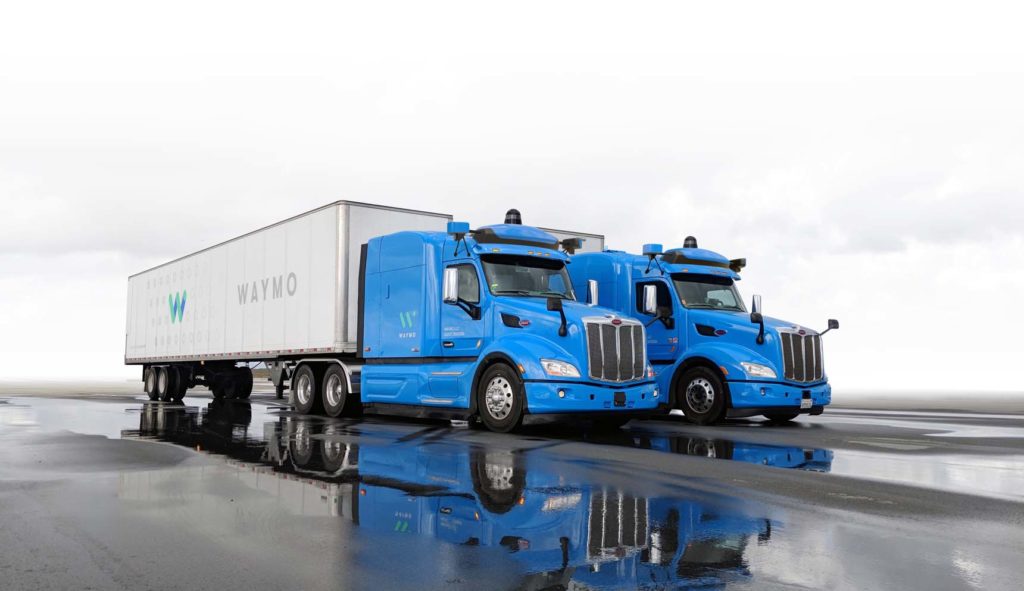
Businesses will slash workers as they replace them with autonomous cars, vans and trucks. Other businesses will go bankrupt if they don’t make the switch quick enough. There is no competition if the other business can undercut you by an order of magnitude on costs and offer a better, more on time and consistent product too.
Even more knock on effects happen as driving no longer becomes something people do or even need to learn. Driving instructors, people that administer driving tests will fade out like the fax. Taxi drivers are obviously also no longer a thing with the companies that employ them also having to make a dramatic and near instant switch just to stay alive.
Everything from pizza delivery to petrol tankers get disrupted and changed as quickly as the companies can manage. Meanwhile the unemployment rates have skyrocketed and all those made redundant by AI are now a huge additional burden. Different countries will react differently of course but it will be a significant problem they’ll all have to deal with somehow. What are all these people going to do now?
This tricky dilemma isn’t the only thing governments will need to consider either, because while delivery jobs and car companies are basically gone there’s another industry under pressure, the public transport sector.
Once again this is different in different cities but with FSD cars so cheap and so much more convenient than conventional public transport, who’s going to want to use it anymore? In some places catching a FSD car will actually be cheaper than catching a bus or train. Other areas it may still be cheaper to catch public transport but FSD cars don’t have to be cheaper, they just have to be close enough to disrupt.
Think about it, if it’s going to cost you $2 to catch public transport to work or $2.50 to go in a FSD car you’ll probably just pay the little bit extra. With the FSD car you get picked up at home and dropped off at work. No walking in the rain or catching a train, then bus, then train again etc. No more trying to find a car park at the train station. Using the FSD car it’s your own private, warm/cool place that’s safer, probably cleaner and you can listen to music out loud or do whatever you want within reason.
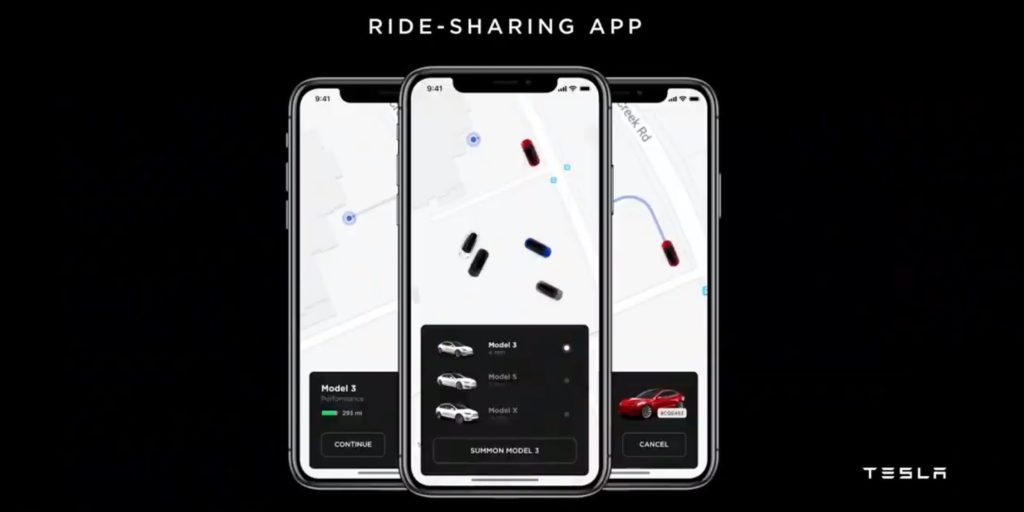
As more and more people catch on that it’s about the same price or even cheaper public transport usage could plummet too. This puts even more pressure on the government as now the system still has to run as it used to, but with barely any revenue coming in anymore.
Given enough time and crashing usage the entire public transport system could implode and simply no longer be economically viable. At the very least the number of services would be severely reduced to try and deal with all the lost revenue. This will cause even more people to lose their jobs and take out entire industries in the cities where it’s no longer viable at all.
Companies that manufacture trains, make busses, produce tram tracks or even do software systems will all see substantially reduced revenue. The second, third and fourth level flow on effects from FSD are immense and extremely far reaching. I’m sure I’ve left out dozens of other industries, sectors, jobs, consequences and other things too!
When I say shitstorm I am not exaggerating here! This is not like changing from records to CD’s to MP3. While previously large industry shifts like digital photography or the Internet have taken decades to roll out tech happens much faster these days. Prediction are stating that by 2030 about 90% of the kilometres cars travel will be done so by all electric FSD cars. I’d also bet that figure will be near 100% for businesses as they simply will have no choice, it’ll be adapt now or die.
In the records to CD to MP3 example it was a difficult shift, but it was over 30 years while revenue was still coming in for the music industry. As such companies have been able to cope. Sweeping out 80%+ of revenue from an entire industry in a 5 year period is far more violent. Most won’t be able to handle it I don’t think.
It’s Not All Bad…

Now I’m not actually a pessimist at heart. Quite the opposite in fact, I love new and future tech! The technological leaps and bounds we’re going to make over the next 10 years will be unheard of and so beneficial to human kind it’s almost unimaginable. So along with the shitstorm there will also be many other good benefits to this FSD transition.
To start with more people will remain alive. There are over a million deaths every year from transport accidents that will be dramatically reduced by upwards of 95%. Non-fatal accidents will also be reduced too.
On top of that, it’s estimated that the pollution from fossil fuel cars kills more people each year than those accidents. However because FSD cars will be fully electric, these unseen deaths will also get eliminated as well.
There should be no more drunk driving accidents, no more getting your car run into at the shops, no more falling asleep at the wheel and so on. The good times don’t stop there though as while you’re in the self driving car you can do whatever you want!
You can do proper, productive work on a laptop, read a book, take business calls, have Skype meetings or just catch up on your sleep as it drives you to work. This added productivity time will add huge sums of money to a country’s GDP.
Another fantastic upside is that once you’ve signed up to a TaaS service and ditched your old fossil fuel car you’ll be saving thousands of dollars every year! Estimates are already predicting that each family (in America at least) will have an additional $5,000+ per year staying in their pockets.
You can slam that into your mortgage and pay it off in half the time as detailed in this piece on How To Pay Off A 30 Year Mortgage In 15 Years. Or you could go buy yourself a kick ass 80″ TV or go on a fantastic holiday… every year! Either way, this huge retaining of cash on the average Joe’s part is going to be good for basically any business that sells goods and services like holidays, TV’s, tech and so on.
Continuing on with the benefits of lower cost, this will drastically help make good quality, safe and clean transport available for the poorest people in the world. Things will quickly switch from having to buy an expensive EV car to being able to ride in one 10x cheaper than a current fossil car.
This cheap cost could potentially go even further too, right down to zero! When you’re talking about $0.15/km cost it’ll become viable for businesses to “sponsor” your trips so you can ride for free. Imagine getting a notification on your phone from RoboUber saying something like:
Your local groceries shop Coles is currently giving away free return RoboUber trips to your nearest Coles if you spend over $25 while you’re there, click here to get this deal now!
These hyper targeted advertising campaigns might cost the company $1.50 to drive you 5 km and back in robotaxi costs… but they’d then get that money back (and more) due to you shopping there! It’s a similar business model to how the many free EV chargers now work. The shop pays for the electricity and you shop there, it’s a win/win for all!
You could even see situations where your ride is completely free so long as you watch an in car advertisement for a while. Then there is the opportunity to do carpooling in a robotaxi. Sharing a car with another person would mean $0.07/km or $0.05/km if there’s 3 of you. All this will further push down the prices and open up cheap transportation to those who currently just can’t afford it.
Speaking of opening up access, there is another huge segment of people that will have their lives transformed by robotaxis. The elderly, blind, deaf or otherwise disabled population will once again regain their freedom. This will be a huge deal to many and again increase productivity and save costs all over the place enabling them to use that saved money for other things.
Considering the business side of the equation reduced transportation costs should translate to cheaper goods and services. Getting your food or package delivered could reduce by upwards of 75% or potentially even more if it comes via drone. This will again free up more of your money to spend on things you want rather than that $15 shipping charge.
The business to business transportation of goods should also benefit from FSD cost savings as well meaning that the overall cost of the goods itself will reduce. This is because when making most products a business must receive multiple parts or ingredients and then build/make their product. Part of the cost of those parts is shipping, so as that is reduced by 10x so too will the parts cost and then the resultant product.
While an item might currently cost $100 with $15 shipping, it might eventually come down to $90 with $4 shipping. Multiply this out by every purchase you make and it adds up!
I’m sure once again I’ve missed dozens of other benefits and positive outcomes but as you can see it’s clearly not all doom and gloom. This transition is going to produce both bad and good things for different businesses and people.
A Turbulent Transition

At the start of this piece I promised that we’d investigate what this unprecedented shift would mean for your average Joe. If Audi sells 80% fewer cars in 2025 than 2020 and their revenue gets crushed into the floor sending them bankrupt it’s not really a huge concern to you or I, so what will be?
To begin with you’ll want to think very carefully about your job. This is something I would be (and am) thinking about and planning for right now. Think about your job and how it interacts with the transportation industry as a whole. What impact is FSD going to have?
Do you work for a car maker? Are you employed in a company that provides parts for car makers? Do you drive a train, pump gas, fix cars, do bodywork on cars, write software for cars, drive a truck or taxi? If your company interacts or is involved in any way with the transport industry or any of the other second or third knock on industries/companies I’ve mentioned above red alarm bells should be sounding.
You have about 3-5 years before a huge bomb hits you.
You should be trying to figure out how much of an effect this will have on your specific company and whether or not that is a problem for you. If you work at BMW then yeah… things don’t look too good. If it was me, I’d honestly look at changing industries entirely ASAP. Get out while the goings good.
If your company sells products to car or truck companies as part of their revenue then expect a sharp downturn which may mean layoffs. It’s impossible for me to predict exactly but this shift is going to happen one way or another and not even governments are going to be able to stop it. To stop it would severely disadvantage a country and all its businesses not to mention mean thousands of people would continue to die needlessly every year. It may be delayed a few years at best, not stopped.
If you’re in the transport industry, get out now. If your company interacts with it, prepare for a serious slump, get out or maybe start to ring the alarm bells now so the whole company can transition easily and even be ready for the opportunities that present themselves.
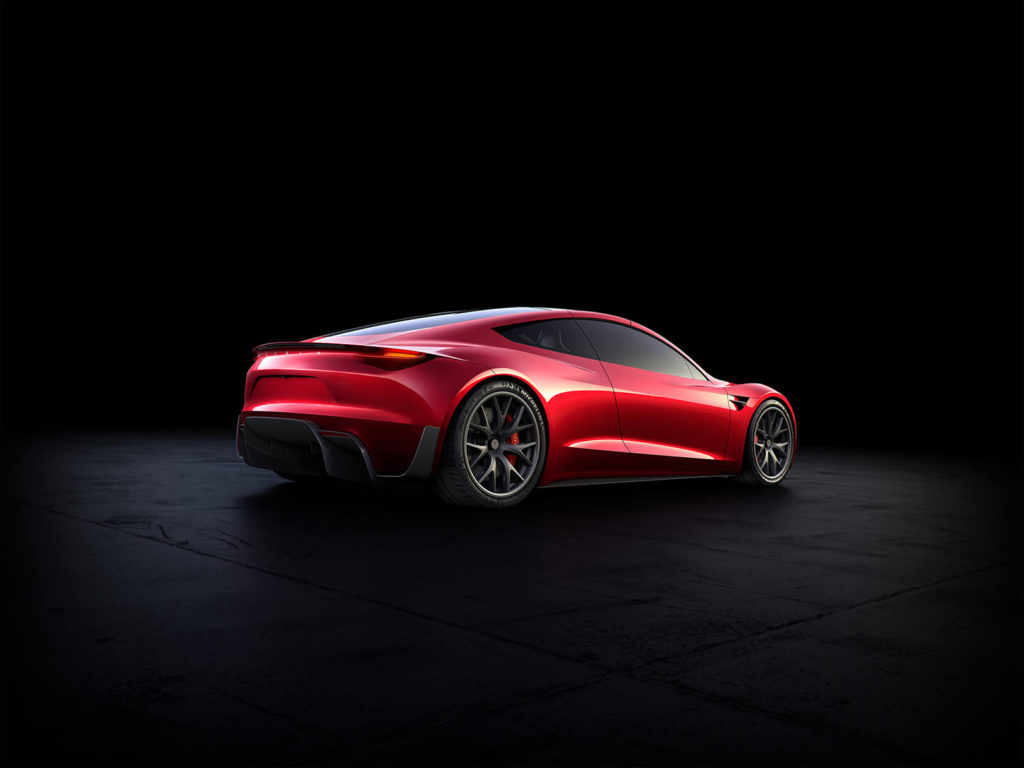
The next big thing to consider regarding this robotaxi apocalypse is the car(s) you own. Are you wanting to buy a new one now? In 2-3 years time? Do you already have 3 or 4 of them? Whatever the case you essentially want to make damn sure that you’re not the one left holding the hot potato (or don’t buy the potato to begin with).
One of the most immediate and “everyday man” impacts of this transition besides job loss will be the resale value of your second biggest asset. It will very, very quickly become unsellable. Just like when LCD screens arrived and CRT monitors became unsellable so too will petrol/diesel cars. I remember when LCD’s arrived, you couldn’t give away your old CRT monitor!
While I’m not saying cars will go to $0, you most certainly won’t get anywhere near what you paid for them or even what they’d sell for second hand now. The second hand market will be saturated with huge volumes getting dumped in month after month… and no one to buy them. If you’re one of the early adopters of TaaS and sell your car as soon as the laws get passed and robotaxi fleets go live, then you should be OK.
It will take a year or three for the general public to come to grips with FSD cars, trusting them and waking up to the idea that it’s far cheaper and much easier to manage. As such, if you quickly sell off the car and switch over straight away I don’t think you’ll lose out too much. The longer you wait though, the more that second hand market will become flooded and the lower you’ll have to sell it for, assuming you can sell it at all!

This transition will be turbulent, bumpy and claim many victims. I wouldn’t be surprised to see 80% of the current legacy car manufactures get taken out in their very own Kodak moment. Once robotaxis take off, the vast majority of them will be run by fleet companies like the Tesla Network, Uber, Waymo etc.
These huge fleet companies will be buying cars in bulk at large discounts and running them for hundreds of thousands of kilometres due to the higher durability of EV’s. This will mean fewer cars will need to be produced and basically zero margins for any car makers. Tesla won’t even need to buy cars from anyone at all!
Some predictions are also stating that we’ll need 80% fewer robotaxis to service the same number of kilometres we currently drive due to their efficiency and 24/7 operation. That means 80% fewer cars to be produced. Not too many businesses can take a 80% revenue cut and still stay solvent.
Teslarati goes even further delving into what the future might hold when car brands literally don’t even matter anymore. They make an excellent comparison of robotaxi’s and flying. No one cares what plane brand or even model they fly in for the most part, you just book it through Qatar or American Airlines.
The main factor to consider is pricing followed by things like WiFi, drinks or food selection, seat space, destination discounts or in flight entertainment and service etc. It’s not hard to imagine by 2025 that no one will care if the Uber robotaxi picks you up in a specific branded car.
Obviously there will still be different base and premium levels such as Toyota or Audi but whether it’s an Audi, BMW, Tesla or Mercedes? Most probably won’t even notice. They’ll be paying attention to the cost per kilometre, how quickly the robotaxi turned up, whether there’s free water or snacks inside and how clean it is.
If you’ve made it this far then congratulations! This wasn’t a short piece and you now know more about the coming TaaS shift than you ever wanted to but one of the main reasons I created this site was to teach and alert people to the amazing future tech that’s soon to come online. Now that you know, you can plan and transition into it smoothly. The last thing anyone wants is to be blindsided by robotaxis and find out their entire company is now bankrupt because of it.
It’s also why I created the in depth course How To Stay Employed In The Robotic Future on discovering and adapting to these types of huge disruptions.
This is because there isn’t just one shift coming at us over the next 5-10 years, there’s multiple ones. From drones to solar/wind to home batteries and other AI applications basically no one is safe.
Hopefully you’ve enjoyed this detailed piece and if you have, please share it with your friends/family/coworkers so I can continue to help everyone navigate these transitions. So are you going to be seriously affected by this shift? If so let us know in the comments below!
The benefits include: 1) How to get those silky smooth videos that everyone loves to watch, even if you're new 2) How to fly your drone, from taking off to the most advanced flight modes 3) Clear outlines of how to fly with step-by-step instructional demonstrations and more 4) Why flying indoors often results in new pilots crashing their drone 5) What other great 3rd party apps are out there to get the most out of your drone 6) A huge mistake many pilots make when storing their drone in the car and how to avoid it 7) How to do all of these things whilst flying safely and within your countries laws.
